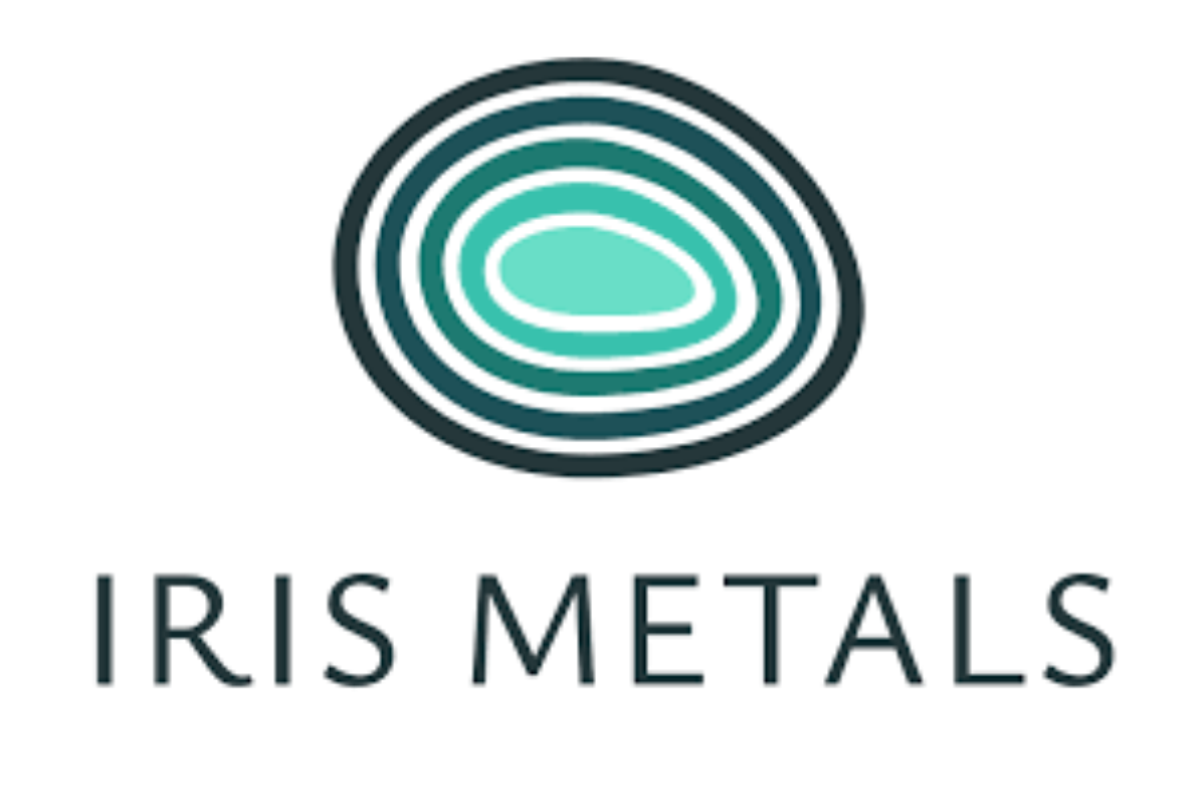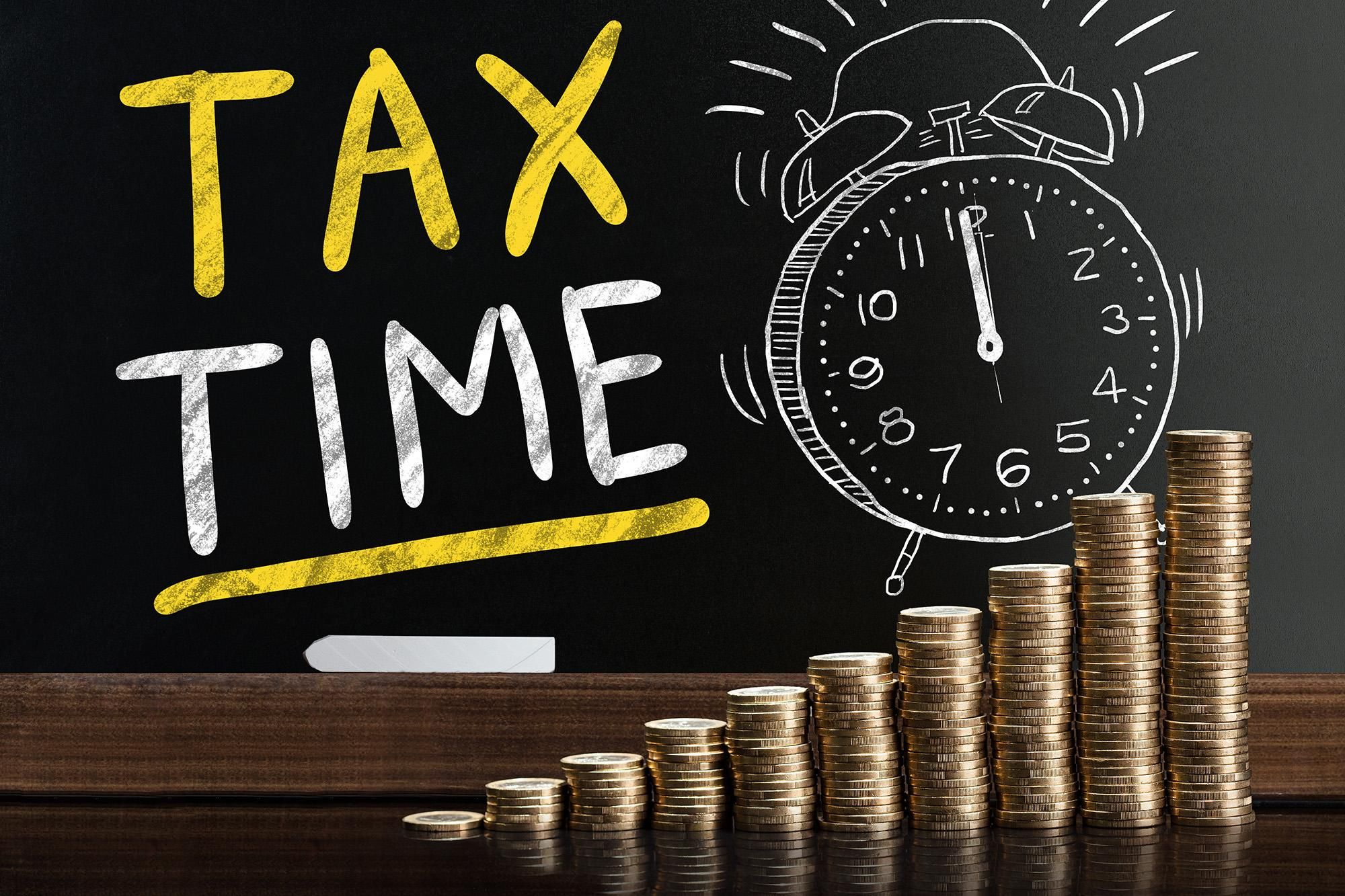
Trillion Energy International Inc. (" Trillion " or the "Company ") (CSE: TCF) (OTCQB: TRLEF) (Frankfurt: Z62), is pleased to announce an operational update for the SASB offshore gas project, Turkey.
During January 2025 the Company completed installation of new velocity string tubing in two wells located on tripods (Alapli-2 and Bayhanli-2) in an operation that took approximately two weeks' time.
Previously, the Company completed installation of new tubing in four wells on the Akcakoca platform during the fall of 2024. A total of 6 wells have now received the new smaller tubing size to mitigate water loading conditions.
The tripod wells continue to receive nitrogen injections to stimulate production, however, operations have been delayed over the past few weeks due to stormy winter weather conditions. Both Alapli-2 and Bayhanli-2 initially responded positively to the ongoing operational efforts, however, stable long-term flow rates have yet to be sustained.
The Company is currently preparing to stimulate the Akcakoca-3 and South Akcakoca-2 wells in the upcoming week using nitrogen, upon suitable weather conditions arriving.
The Company has sourced a gas lift compressor system for the Akcakoca platform which will provide continuous gas lifting injection to certain wells to assist in production.
Additionally, the Company plans to enhance production by installing:
- A Progressive Cavity Pump (PCP) in a well
- Two slim-hole Electric Submersible Pumps (ESPs) attached to the new tubing in two wells
These strategic interventions involving artificial lift are critical to sustaining long-term production rates and optimizing well performance and are expected to occur in the upcoming months.
About the Company
Trillion Energy International Inc is focused on oil and natural gas production for Europe and Türkiye with natural gas assets in Türkiye. The Company is 49% owner of the SASB natural gas field, a Black Sea natural gas development and a 19.6% (except three wells with 9.8%) interest in the Cendere oil field. More information may be found on www.sedar.com , and our website.
Contact
Sean Stofer, Chairman
Brian Park, VP of Finance
1-778-819-1585
E-mail: info@trillionenergy.com
Website: www.trillionenergy.com
Cautionary Statement Regarding Forward-Looking Statements
This news release may contain certain forward-looking information and statements, including without limitation, statements pertaining to the Company's ability to obtain regulatory approval of the executive officer and director appointments. All statements included herein, other than statements of historical fact, are forward-looking information and such information involves various risks and uncertainties. Trillion does not undertake to update any forward-looking information except in accordance with applicable securities laws.
These statements are no guarantee of future performance and are subject to certain risks, uncertainties, delay, change of strategy, and assumptions that are difficult to predict and which may change over time. Accordingly, actual results and strategies could differ materially and adversely from those expressed in any forward-looking statements as a result of various factors. These factors include unforeseen securities regulatory challenges, COVID, oil and gas price fluctuations, operational and geological risks, changes in capital raising strategies, the ability of the Company to raise necessary funds for development; the outcome of commercial negotiations; changes in technical or operating conditions; the cost of extracting gas and oil may increase and be too costly so that it is uneconomic and not profitable to do so and other factors discussed from time to time in the Company's filings on www.sedar.com, including the most recently filed Annual Report on Form 20-F and subsequent filings. For a full summary of our oil and gas reserves information for Turkey, please refer to our Forms F-1,2,3 51-101 filed on www.sedar.com, and or request a copy of our reserves report effective December 31, 2022 and updated January 31 2023.






